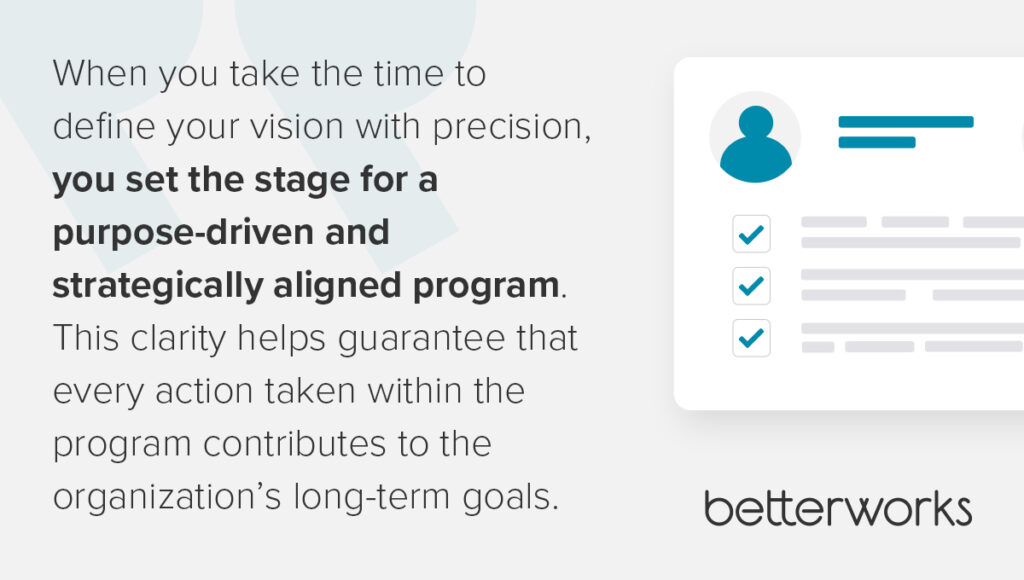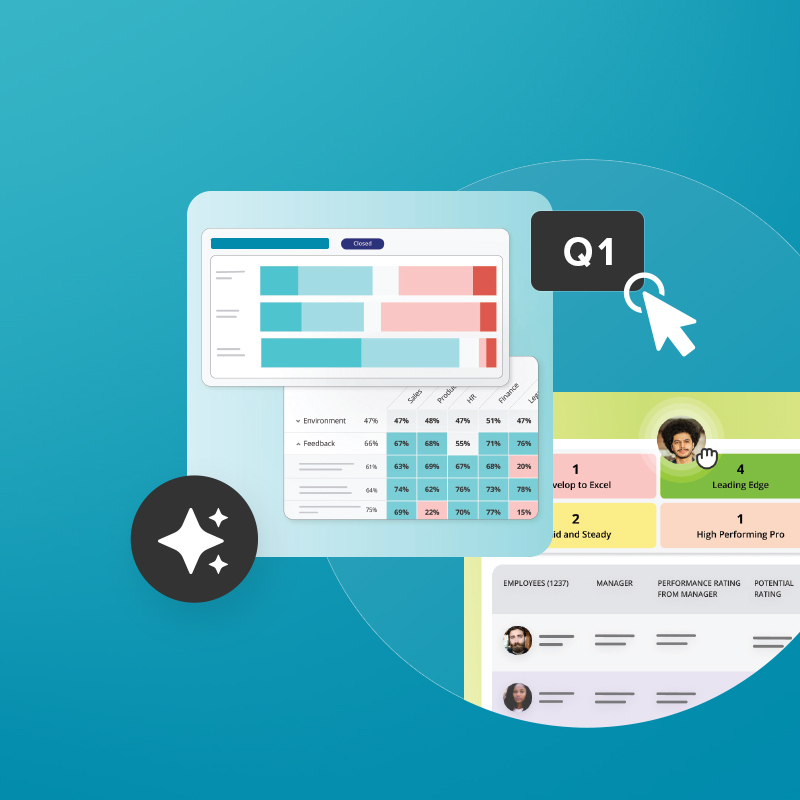What if the secret to your organization’s success isn’t in the programs you implement but in how you define and measure their success? Despite investing millions in performance programs, many organizations find themselves falling short of their goals. The reason? They’re skipping the most critical step: defining what success looks like from the start.
The pressure to implement new initiatives quickly can lead organizations to overlook the foundational work that determines whether those initiatives will succeed. It’s easy to get caught up in the excitement of launching a new performance program or adopting the latest technology. However, without a clear understanding of what success means for your organization, these efforts can become costly missteps.
After all, you can’t manage what you don’t measure.
If you want to drive meaningful outcomes, you must shift your focus from merely implementing performance programs to rigorously defining and measuring success before these programs even launch. By setting clear metrics and benchmarks from the outset, you empower your organization to achieve measurable, high-impact results that contribute to long-term success.
If you want to drive meaningful outcomes, you must shift your focus from merely implementing performance programs to rigorously defining and measuring success before these programs even launch.
A clear vision sets the direction for success
A performance program is only as effective as the clarity of its underlying vision. Without a clearly articulated vision, even the most well-structured programs can fail to deliver meaningful results. Your vision isn’t just a high-level statement of intent: It’s a detailed blueprint that outlines what success looks like and how it aligns with the broader strategic goals of the organization.
When you take the time to define your vision with precision, you set the stage for a purpose-driven and strategically aligned program. This clarity helps guarantee that every action taken within the program contributes to the organization’s long-term goals.
For example, if your vision emphasizes developing a culture of continuous feedback, your performance management program should be designed to foster behaviors that support this culture. Every component of the program, from manager training to feedback mechanisms, should directly support this vision. By establishing a clear vision, organizations create a foundation that directs all efforts toward measurable, tangible success.

Alignment with strategic goals maximizes impact
Even with a clear vision, a performance program can fall short if that vision isn’t aligned with the business’s strategic goals. Misalignment between program goals and business priorities is a common pitfall that can lead to wasted resources and missed opportunities. To maximize impact, you need to make sure that every element of your performance program is directly tied to your organization’s broader goals.
For example, a company focused on innovation might prioritize a performance program that encourages risk-taking and creative problem-solving. In contrast, a company with a strategic focus on operational efficiency might design a program centered around process optimization and productivity improvements. The key is to ensure that the performance program is not just a standalone initiative but a strategic tool that drives your organization closer to its overarching goals.
This alignment not only enhances the relevance of your program but also increases its chances of securing buy-in from leadership and employees alike. When performance programs are tightly integrated with business strategy, they become powerful levers for driving organizational success.

Ongoing measurement guarantees long-term relevance
A performance program’s success is not a one-time achievement. It requires ongoing measurement and adjustment to remain relevant. As business environments evolve, so too must the metrics and strategies that guide performance programs. Continuous measurement is the mechanism that allows HR leaders to track progress, identify trends, and make informed adjustments that keep the program aligned with the organization’s evolving needs.
Establishing baseline metrics at the outset provides a clear reference point for measuring progress. Over time, data gathered from these metrics offers insights into the program’s effectiveness and areas that may require recalibration. For example, if engagement scores plateau or decline, it may signal the need for a strategic shift or additional support for managers.

By regularly revisiting these metrics and correlating them with broader business outcomes, you can make sure that the program continues to deliver value. This ongoing evaluation is crucial for adapting to changes in the business landscape, ensuring that the performance program remains a dynamic and effective tool for driving long-term success.
The success of your performance program hinges on the clarity of your vision, the program’s alignment with strategic objectives, and continuous measurement. By prioritizing these elements, you can set your performance program up to deliver meaningful, long-term results.
Caitlin Collins is an Organizational Psychologist and Program Strategy Director at Betterworks. She is an expert on performance enablement, change enablement, and learning and development, and works with global organizations to align outcomes with business strategy.
Learn best practices for a successful performance management strategy




